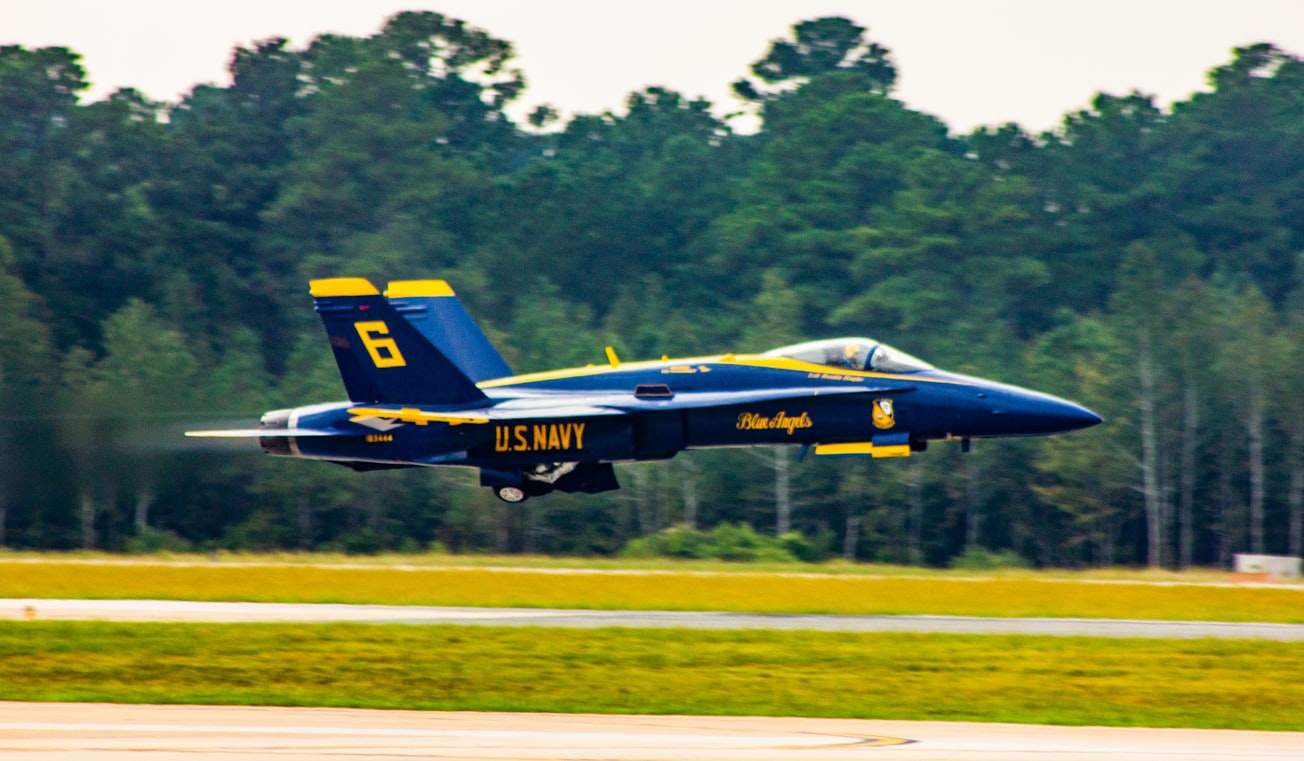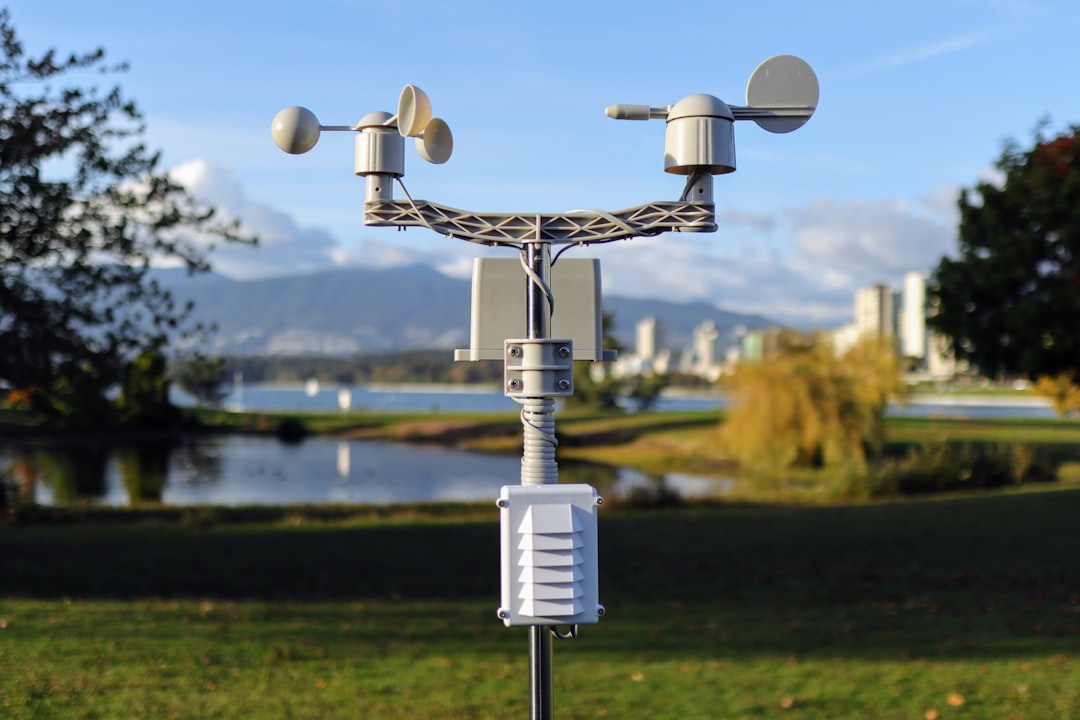What is it about?
In aircraft and carriers, landing gears and arrenting shanks made of ultra-high-strength steels undergo short-time loads often overlooked in laboratory experiments emulating the loading conditions. Furthermore, these operating conditions coupled with the aggressive marine environment can lead to a steel part embrittled by hydrogen permeated through the landing gear surface. This work evaluates those conditions in a more realistic approach to understand the behavior of the material. AF 1410 steel samples fractured via fatigue tests coupled with hydrogen permeation are evaluated through atomic force microscopy and other conventional characterization techniques.
Featured Image

Photo by Cibi Chakravarthi on Unsplash
Why is it important?
This article provides means to study aircraft’s fatigue fracture of embrittled steels to help comprehend how landing gears could break under unexpected conditions. Mechanisms involved in the formation and propagation of cracks in ultra-high-strength steels can be further understood with the proposed methodology. In military aviation, the implementation of remedial techniques would naturally prevent potentially serious accidents.
Perspectives
One must expect that the manuscript has opened new avenues for research on fatigue in critical parts of aircraft and other structures in a marine environment. The use of atomic force microscopy to understand fatigue cracks’ topographic features demonstrated how the technique could reveal crack propagation behavior on structural materials.
Oscar Marcelo Suarez
University of Puerto Rico - Mayagüez
Read the Original
This page is a summary of: Effect of Hydrogen and Hold Time on the Lifetime of AF1410 Steel, Journal of Aircraft, March 2007, American Institute of Aeronautics and Astronautics (AIAA),
DOI: 10.2514/1.23516.
You can read the full text:
Resources
Contributors
The following have contributed to this page










